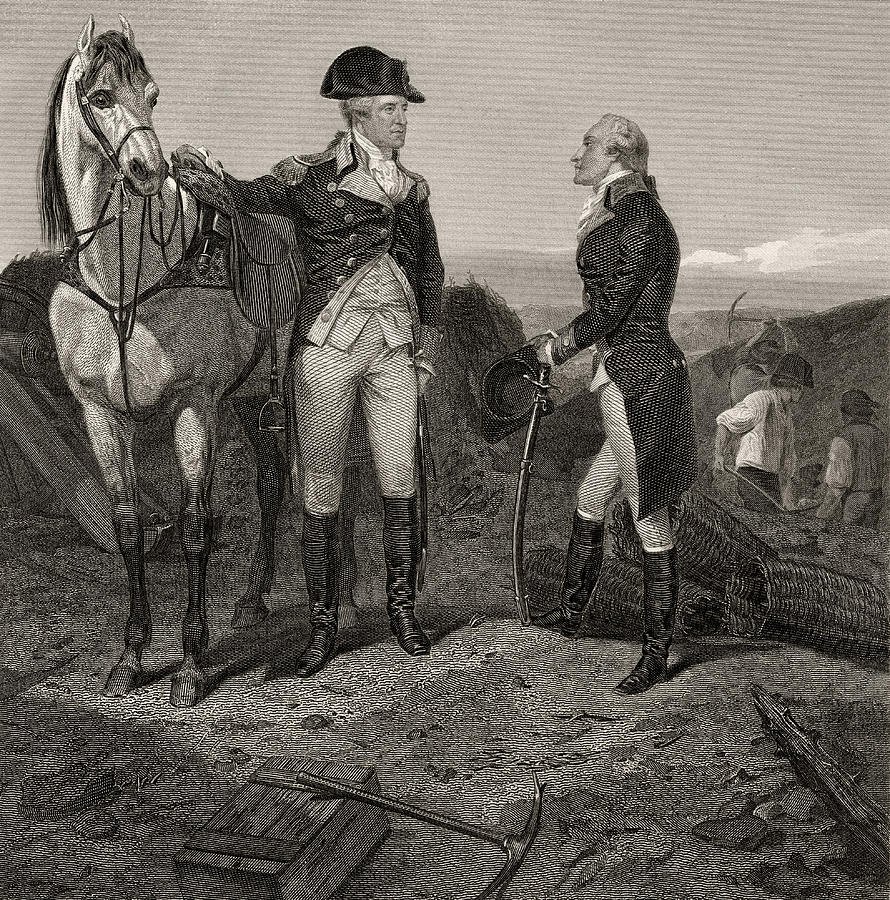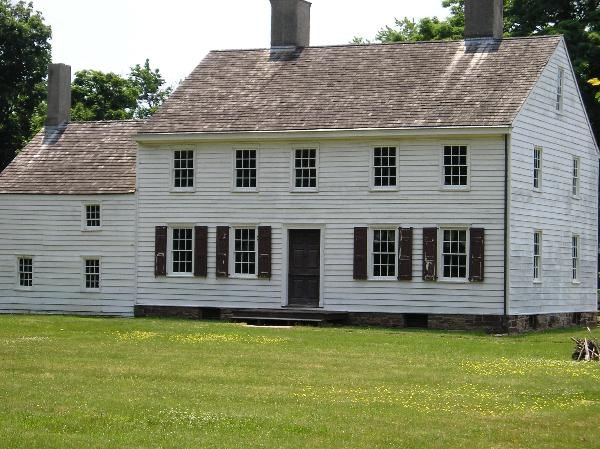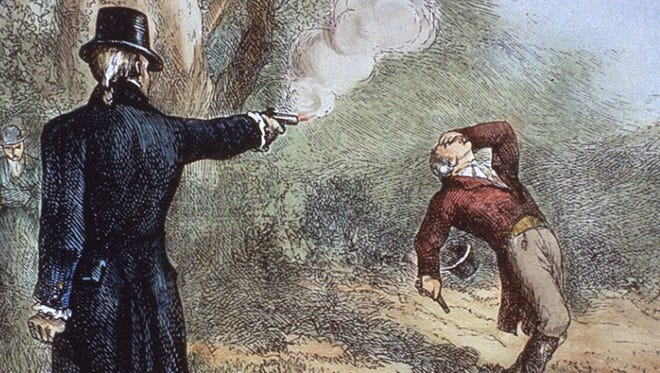
This is probably because until recently Hamilton was just what this author will call a secondary historical figure. There was not much interest in what he did here. But with his recent rise to Rock Star status due to the release of the award-winning Broadway Play Hamilton The Musical the full story of what he did locally should now be told.

In this article, we tell the story of the time Hamilton spent in Somerville. The next issue of the Breeze will tell about his role in developing Raritan.


In March of 1777, Washington offered Hamilton a position as his aide, which Hamilton gladly accepted. His talents of writing, communicating, vision, along with his tireless work ethic resulted in him quickly becoming the Chief of Staff for Washington.
Often when Washington would read a letter about an important development in the Revolutionary War he would immediately call for Alexander Hamilton. Washington eventually assigned Hamilton to be in charge of prisoner exchanges with the British. A task requiring a delicate touch indeed.
during the Revolutionary War

There was no adequate house for Washington in the camp area, but he found a large house three miles west in Somerville that was owned by John Wallace. (The house still stands today.)

Historical records state that at the Wallace House Alexander Hamilton shared a small bedroom with two other aides.

In the winter months there was almost no fighting between the U.S. and the British as armies back then usually stayed in camp as Mother Nature had the upper hand on mankind rendering troops immobile in the cold.
As the spring came, the American troops played a cat and mouse game with the British as the U.S. forces watched them from the mountain tops daring them to attack them on their well defended position on a hill.


Indians known as the Six Nations Iroquois in West New York State had aligned themselves with the British. They had raided many white settlements where they pillaged, burned, and killed.
In an attempt to prevent future attacks by the Indians, U.S. Troops led by Major John Sullivan were sent to destroy the Indian villages to force them to move north toward Canada. This military offensive has come to be called The Sullivan Campaign.

These included Nathanael Greene, Henry Knox, and the infamous Benedict Arnold. The daily dinner was an affair of ceremony and importance. Washington took these dinners seriously. He did not tolerate lateness. Surviving letters tell of his requests to obtain formal dinnerware for these dinners. Playing the gracious host Washington was said to play equal attention to everyone at the table.
At these dinners it was usually Hamilton who was called upon to say grace.

Hamilton was a bright star, barely 22 years old he was appointed aide-de-camp to Washington, owing to his intelligence, soon gained the full confidence of his chief. His amiability and agreeable presence inspired in all with whom he came in contact.
Many ladies were entertained at the Wallace House. Alexander Hamilton, single at the time, was ever enchanted with them and the ladies with him.

I have not the least doubt that the Negroes will make excellent soldiers. Their natural faculties are probably as good as ours. The contempt we have been taught for the blacks makes us fancy things that are unfounded in reason. An unwillingness to part with property so valuable will furnish a thousand arguments. Give them their freedom with their muskets.
in a duel with Aaron Burr

But Hamilton did remember the area when 12 years later it was time to plan for industry for the newly freed country. That story will be in the next issue of the Breeze.